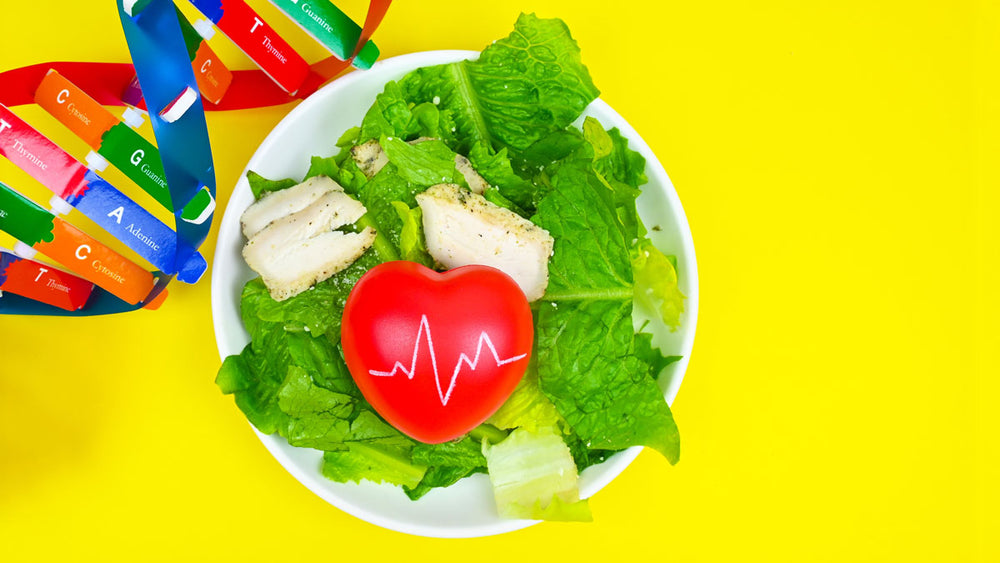Understanding Bowel Dysmotility: Causes and Consequences
Bloating, Cramping, Vomiting?
Why are these involved in so many conditions?
How many people do you know who have those symptoms or others, like constipation, abdominal pain, or belching? What about those with trouble swallowing, malnutrition, or unintentional weight loss? If you’re anything like me, the answer is A LOT!!!
As we discussed in Decoding Digestive Health: Part 1, digestion and absorption are complex but necessary for survival. When motility issues occur, they can cause very uncomfortable symptoms (sometimes debilitating). When there is a disruption in any portion of the digestive or gastrointestinal (GI) tract, and poor movement occurs, it’s called bowel or intestinal dysmotility.
In part one, two common causes of bowel dysmotility were discussed: diarrhea and constipation, but there are several others.
The prefix “dys” means abnormal, faulty, difficult, or disordered. Thus, bowel dysmotility is the abnormal movement of any part of the intestines and can affect the transit time (speed), coordination, and strength of contractions in any of the GI organs. These organs all have nerve fibers, which can cause painful sensations.
Think of the GI tract as being split into four different parts, each separated by sphincter muscles that look like rings. A sphincter can be thought of as a valve. These parts are the esophagus, stomach, small intestines, and colon (large intestines).
There are several types of dysmotility; the most common forms based on the GI system they involve are covered here.
#1- Esophageal dysmotility disorders include achalasia, reflux, dysphagia, and chronic cough.
Achalasia is a rare condition in which nerve damage to the lower esophageal sphincter (LES) impairs digestion. (Achalasia means “failure to relax”). Eventually, the nerve fibers degenerate, and peristalsis is lacking. When the LES cannot close properly, difficulty swallowing (dysphagia) sometimes occurs. This is often seen in those who have had a stroke since the tongue and neck muscles are affected. While studies show there is no cure, management can occur through noninvasive and invasive surgical procedures and medications (botulinum toxin injections or calcium channel blockers) to help relax the LES and allow the passage of food into the stomach.
When someone has Gastroesophageal Reflux Disease (GERD), it simply means the lining of the esophagus has been exposed to the stomach's contents. A chronic cough can sometimes be due to reflux. Traditional management involves lifestyle interventions: stopping smoking, changing eating habits (diet and timing), elevating the head of the bed, and OTC and prescription medications like proton pump inhibitors (PPIs), antacids, or H2 blockers. In more severe cases, surgery may be needed.
#2- Stomach dysmotility:
#3- Intestinal dysmotility:
In a pseudo-obstruction, the colon does not work properly, likely due to a defect in the nerves or muscles, but without any physical blockage. A paralytic ileus is like a pseudo-obstruction, except it can occur in the small and large intestines. This can be one of the causes of obstruction in kids and can be caused by various conditions: abdominal surgery, bacterial or viral infections like appendicitis or gastroenteritis, nutrient imbalances, or the use of medications that can slow down the GI tract, like narcotics. Treatment requires supportive management (bowel rest, intravenous (IV) fluids, and possibly, an NG tube).
Small intestinal bacterial overgrowth (SIBO) is diagnosed when an excessive number of bacteria within the small intestines do not allow nutrients to be well-absorbed; it is implicated in IBS. The bacterial imbalance (dysbiosis) may not allow the proper absorption of nutrients due to slowed motility. Additionally, many symptoms of IBS are very similar to those of SIBO (flatulence, abdominal pain, bloating, diarrhea). Treatment involves antibiotics (antimicrobials).
Hirschsprung’s disease occurs when infants are born with a lack of ganglion nerve cells in a bowel segment, which interferes with normal peristalsis activity. It is a rare condition and is usually identified after a newborn has not had a bowel movement within the first 24-48 hours of life, but it can also occur in older children. Symptoms also include chronic constipation, abdominal distention, vomiting, or lack of appetite. The diagnosis is confirmed by radiology testing, and treatment is surgical.
Stay tuned for Part 3 of Decoding Digestive Health, where I will dive deeper into the root causes of diarrhea and constipation.
- Disorders of the esophagus. About GI Motility. (2022, December 13).
- Gastroparesis. American College of Gastroenterology. (2022, November 23).
- Vavricka, S. R., & Greuter, T. (2019). Gastroparesis and Dumping Syndrome: Current Concepts and Management. Journal of clinical medicine, 8(8), 1127.
- Smith, D. A., Kashyap, S., & Nehring, S. M. (2022, August 1). Bowel Obstruction. In StatPearls. Treasure Island, FL: StatPearls Publishing; 2023 Jan-.
- Chronic intestinal pseudo-obstruction - symptoms, causes, treatment: Nord. National Organization for Rare Disorders. (2023, January 12).
- Batke, M., & Cappell, M. S. (2008). Adynamic ileus and acute colonic pseudo-obstruction. The Medical clinics of North America, 92(3), 649–ix.
- Nelson G Rosen, M. (2022, November 10). Pediatric colonic motility disorders. Background, Anatomy, Pathophysiology.





















Comments
Join The Conversation...